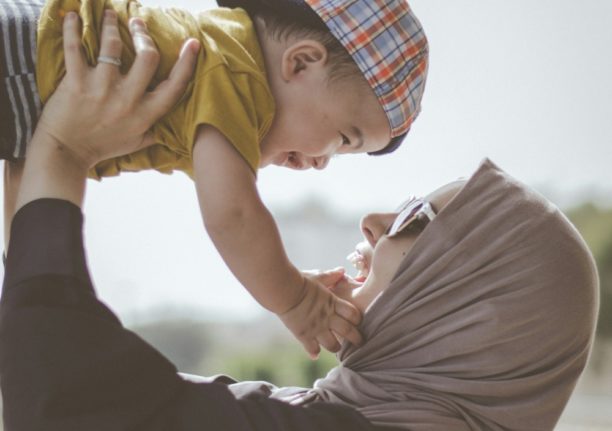DIA’s board made the decision to cease operations after being hit by a string of sanctions by the public regulator Ankestyrelsen and the Ministry of Social Affairs, it said in a press statement.
Because DIA is the only Danish mediation organisation for international adoptions, Danish nationals or residents who want to adopt a child from abroad must do so through DIA.
The bureau is an independent NGO accredited by the Ministry of Social Affairs and regulated through a series of accreditation clauses between DIA and Ankestyrelsen.
Its decision to cease operations will effectively end international adoption to Denmark.
“This was a heavy decision to take for DIA’s board, but we see no alternative,” vice-chair of the board at DIA, Anne Friis, said in the statement.
“International adoption can no longer be operated by an NGO like us under the current conditions in Denmark,” she said.
The Social ministry and Ankestyrelsen are both responsible for oversight of DIA.
Ankestyrelsen last month suspended DIA’s operations in South Africa, the country where the largest share of its activities are based, while the ministry on Monday decided to suspend DIA’s five remaining national arrangements with Taiwan, the Philippines, India, Thailand and Czechia.
The Minister of Social Affairs and Housing, Pernille Rosenkrantz-Theil, told broadcaster TV2 that DIA had broken employment regulations.
According to TV2’s reports, Ankestyrelsen ordered DIA to explain why one of its employees was also listed as an employee with South African partner Impilo. It also said two “undocumented payments” had been made to the employee in question.
Broadcaster DR has previously reported irregularities in adoptions from Madagascar mediated by DIA.
Some 36 applicants for adoption are currently on the bureau’s waiting list, divided between its various partner countries.
According to DIA, around 400-500 children were adopted to Denmark from abroad from the 1970s until 2010, but the number has since declined.
The number of partner countries and adoptions is now too low to make ongoing operations viable, DIA board member Mikael Baden said to news wire Ritzau.
“We are in a place where the sustainability of our structure is no longer viable , and it’s no longer viable to operate within the political framework,” he said.
DIA’s involvement in international adoptions is regulated by an accreditation system which must be renewed by Ankestyrelsen annually.
The regulator must also approve all country partnerships and all individual adoptions.
“As part of the accreditation agreement, there’s a contingency plan for any instance in which DIA’s work should cease,” the bureau said in its statement.



 Please whitelist us to continue reading.
Please whitelist us to continue reading.
Member comments